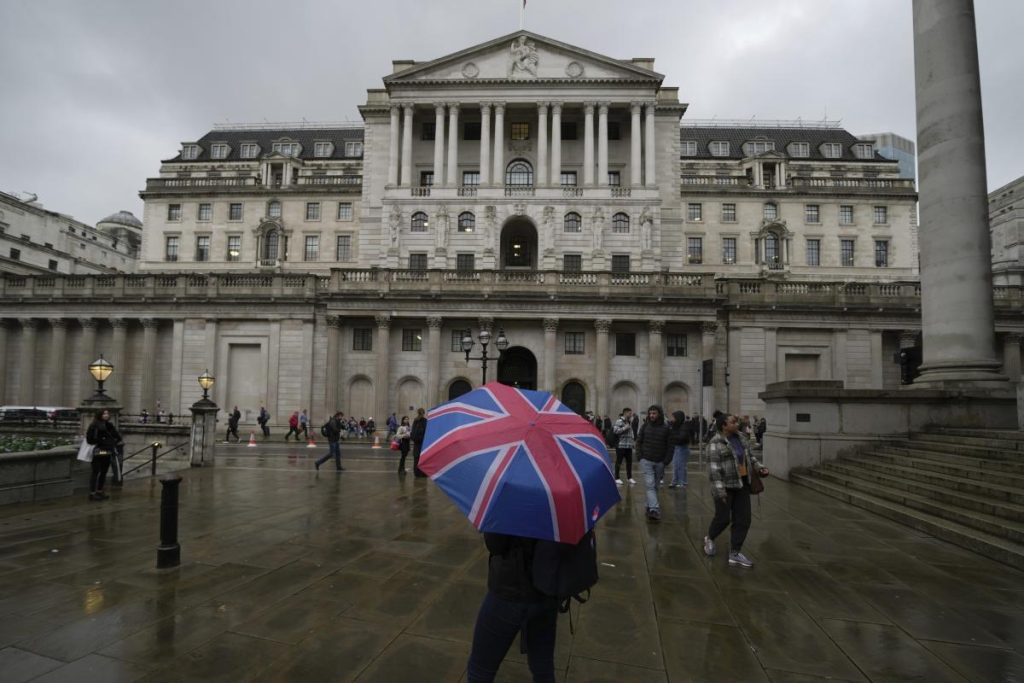
LONDON (AP) — Britain’s new government, which is already facing anger over higher taxes, unpopular spending decisions and political scandals just six months after taking office, is now being battered by rising borrowing costs that threaten to derail its left-leaning program.
The yield on the U.K.’s 10-year bonds, a reflection of the price investors demand for financing the country’s debt, has risen by more than 1.1 percentage points since Sept. 16 on concerns over sluggish economic growth and stubbornly high inflation. That has pushed Britain’s borrowing costs to the highest level since the 2008 financial crisis.
As borrowing costs rise, the government has less money to spend on the country’s creaking National Health Service, military, emergency services and schools. Though officials got a brief respite when the rate of inflation dropped slightly in December, if things don’t turn around quickly Prime Minister Keir Starmer may have to rethink promises to boost spending and avoid tax increases on “working people” that helped his Labour Party win a landslide election victory in July.
The problems are partly due to the return of U.S. President-elect Donald Trump, whose pledge to increases taxes on imported goods has sent shivers through the world economy and boosted global bond yields. But the problem is partly of the government’s own making, as Treasury chief Rachel Reeves built her economic plan on the assumption that economic growth would boost tax revenue.
Here’s a closer look at Britain’s economy and the possible implications.
What has sparked the recent turmoil?
Bond investors around the world have been spooked by concerns over Trump’s plan to impose high tariffs on imported goods will push up U.S. consumer prices, prompting the Federal Reserve to keep interest rates higher for longer, said Susannah Streeter, head of money and markets at the U.K. investment firm Hargreaves Lansdown. Higher prices tend to lead to higher borrowing costs as bondholders seek to ensure that their investment isn’t eroded by inflation.
Only a few months ago, investors were betting the Fed would approve multiple rate cuts this year. Now they’re anticipating just one.
“The rise in gilt yields since the early autumn appears to largely be the result of global factors, rather than any decision the U.K. government has taken in recent weeks or months, and appears to largely reflect market expectations for higher central bank interest rates in the years ahead,” the Institute for Fiscal Studies, a think tank that focuses on U.K. government policies, said last week.

